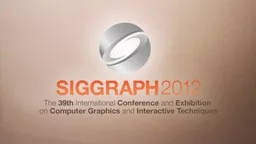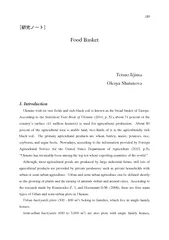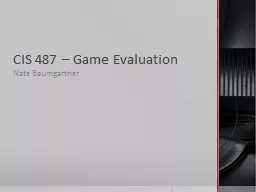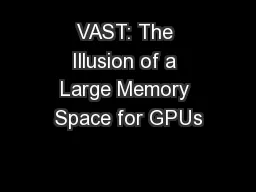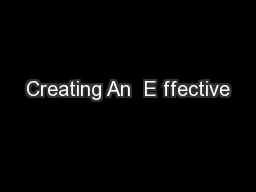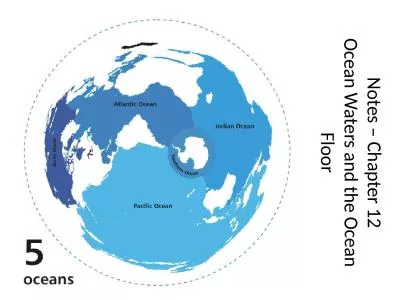PPT-Creating Vast Game Worlds
Author : pamella-moone | Published Date : 2015-10-22
Experiences from Avalanche Studios Emil Persson Senior Graphics Programmer Humus Just how big is Just Cause 2 Unit is meters 16384 16384 32km x 32km 1024 km 2 400
Presentation Embed Code
Download Presentation
Download Presentation The PPT/PDF document "Creating Vast Game Worlds" is the property of its rightful owner. Permission is granted to download and print the materials on this website for personal, non-commercial use only, and to display it on your personal computer provided you do not modify the materials and that you retain all copyright notices contained in the materials. By downloading content from our website, you accept the terms of this agreement.
Creating Vast Game Worlds: Transcript
Download Rules Of Document
"Creating Vast Game Worlds"The content belongs to its owner. You may download and print it for personal use, without modification, and keep all copyright notices. By downloading, you agree to these terms.
Related Documents

